BQ25601RTW
₹240.00
Features of BQ25601RTW
- High-efficiency, 1.5 MHz, synchronous switch-mode buck charger
– 92% charge efficiency at 2 A from 5 V input
– Optimized for USB voltage input (5 V) - Supports USB OTG
– Boost converter with up to 1.2 A output
– 92% boost efficiency at 1 A output
– Accurate constant current (CC) limit
– Soft-start up to 500 ?F capacitive load
– Output short-circuit protection - Single input to support USB input and high voltage adapters
– Support 3.9 V to 13.5 V input voltage range with 20 V absolute maximum input voltage rating
– Maximum power tracking by input voltage limit up to 4.6 V (VINDPM)
– VINDPM threshold automatically tracks battery voltage
– Auto detect USB SDP, DCP and non-standard adapters
- 200 nS fast turn-off of optional external OVPFET standing input voltage up to 40?V
- High battery discharge efficiency with 19.5 m? battery discharge MOSFET
- High integration includes all MOSFETs, current sensing, and loop compensation
- 58 ?A low battery leakage current with system voltage standby
Applications of BQ25601RTW
- EPOS, portable speakers, e-cigarettes
- Portable internet devices and accessories
3943 in stock
Description of BQ25601RTW
For single cell Li-Ion and Li-polymer batteries, the BQ25601RTW device is a fully integrated standalone 3 A switch-mode battery charge management and system power path control device.
Battery life is increased during the discharge phase and switch-mode operating efficiency is optimised by the low impedance power route, which also speeds up battery charging.
The maximum amount of battery charging power is delivered by its input voltage and current regulation. The input reverse-blocking FET (RBFET, Q1), high-side switching FET (HSFET, Q2), low-side switching FET (LSFET, Q3), and battery FET (BATFET, Q4) between system and battery are all highly integrated into the solution.
In order to simplify system design, BQ25601RTW also combines the bootstrap diode for the high-side gate drive. A broad variety of input sources are supported by the device, including a regular USB host port, a USB charging port, and a high voltage USB adaptor.
Based on the internal USB interface, BQ25601RTW determines the default input current limit. The gadget has input current and voltage management and complies with USB 2.0 and USB 3.0 power specifications.
The input current limit of the device is decided by the value of the ILIM pin setting resistor when the input adapter is not recognised by the device’s built-in USB interface. Additionally, by supplying 5.15 V on VBUS with a constant current limit of up to 1.2 A, the device complies with the USB On-the-Go (OTG) operation power rating specification.
While maintaining a minimum system voltage of 3.5 V, the power path management controls the system just slightly above battery voltage. With the help of this functionality, the system continues to function even when the battery is removed or entirely discharged.
Power path management automatically reduces the charge current to zero when the input current limit or voltage limit is reached. The power path empties the battery until the system power requirement is satisfied as the system load keeps growing.
The Supplement Mode stops the input source from becoming overloaded. Without software control, the gadget starts and finishes a charging cycle. The battery is charged in three phases: pre-conditioning, constant current, and constant voltage after the charger detects the battery voltage.
When the charge current falls below a certain threshold and the battery voltage exceeds the recharge threshold at the end of the charging cycle, the charger automatically shuts off. The charger automatically initiates a new charging cycle if the fully charged battery drops below the recharging threshold.
A charging safety timer, overvoltage and overcurrent protections, as well as monitoring of the battery’s negative temperature coefficient thermistor, are just a few of the charger’s many safety features.
When the junction temperature rises above 110?C, the thermal regulation lowers the charge current. The charging state and any fault circumstances are reported by the STAT output. The 24-pin, 4 mm by 4 mm QFN packaging is offered for the BQ25601RTW family.


MAECENAS IACULIS
Vestibulum curae torquent diam diam commodo parturient penatibus nunc dui adipiscing convallis bulum parturient suspendisse parturient a.Parturient in parturient scelerisque nibh lectus quam a natoque adipiscing a vestibulum hendrerit et pharetra fames nunc natoque dui.
ADIPISCING CONVALLIS BULUM
- Vestibulum penatibus nunc dui adipiscing convallis bulum parturient suspendisse.
- Abitur parturient praesent lectus quam a natoque adipiscing a vestibulum hendre.
- Diam parturient dictumst parturient scelerisque nibh lectus.
Scelerisque adipiscing bibendum sem vestibulum et in a a a purus lectus faucibus lobortis tincidunt purus lectus nisl class eros.Condimentum a et ullamcorper dictumst mus et tristique elementum nam inceptos hac parturient scelerisque vestibulum amet elit ut volutpat.
Related products
LNK364 IC – Low Power Offline Switcher IC
TNY274PN IC – Power Integrations Off Line Switcher IC
TNY275PN IC – Power Integrations Off Line Switcher IC
TNY280PN IC – Power Integrations AC/DC Converter IC
TNY280PN IC - TinySwitch?-III energy-efficient, off-line switcher with enhanced flexibility and extended power range that incorporates a 700V power MOSFET, oscillator, high-voltage switched current source, current limit (user selectable), and thermal shutdown circuitry. The IC family uses an ON/OFF control scheme and offers a design flexible solution with a low system cost and extended power capability. The application includes chargers/adapters for cell/cordless phones, PDAs, digital cameras, MP3/portable audio, shavers, PC standby and other auxiliary supplies, DVD/PVR, and other low-power set-top decoders, supplies for appliances, industrial systems, and metering. ON/OFF control provides constant efficiency down to a very light load and it is ideal for mandatory CEC regulations and 1W PC standby requirements. Very low component count enhances reliability and enables a single-sided printed circuit board layout. High bandwidth provides fast turn-on with no overshoot and excellent transient load response.
TNY288PG IC – Power Integrations Off Line Switcher IC
- Lowest System Cost with Enhanced Flexibility
- 725 V rated MOSFET
- Increases BV de-rating margin
- Line compensated overload power ? no additional components
- Dramatically reduces max overload variation over universal input voltage range
- ?5% turn on UV threshold: line voltage sense with single external resistor
- Simple ON/OFF control, no loop compensation needed
- Selectable current limit through BP/M capacitor value
- Higher current limit extends peak power or, in open frame applications, maximum continuous power
- Lower current limit improves efficiency in enclosed adapters/ chargers
- Allows optimum TinySwitch?-4 choice by swapping devices with no other circuit redesign
- Tight I2 f parameter tolerance reduces system cost
- Maximizes MOSFET and magnetics utilization
- ON-time extension ? extends low-line regulation range/hold-up time to reduce input bulk capacitance
- Self-biased: no bias winding or bias components
- Frequency jittering reduces EMI filter costs
- Pin-out simplifies heat sinking to the PCB
- SOURCE pins are electrically quiet for low EMI
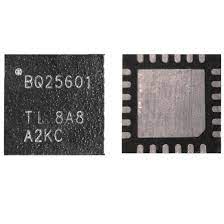

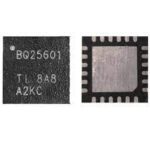
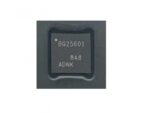
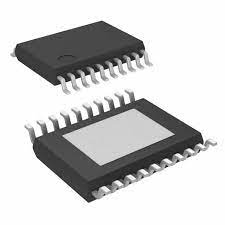

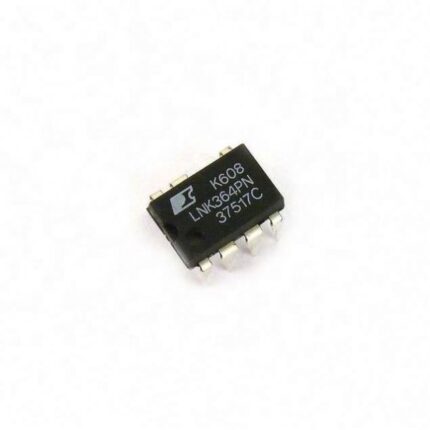

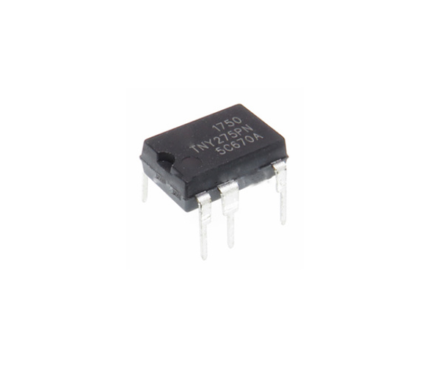



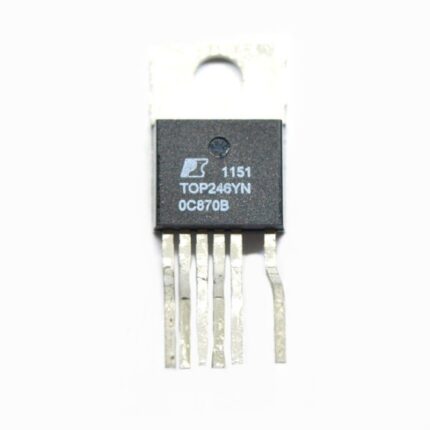











Reviews
There are no reviews yet.